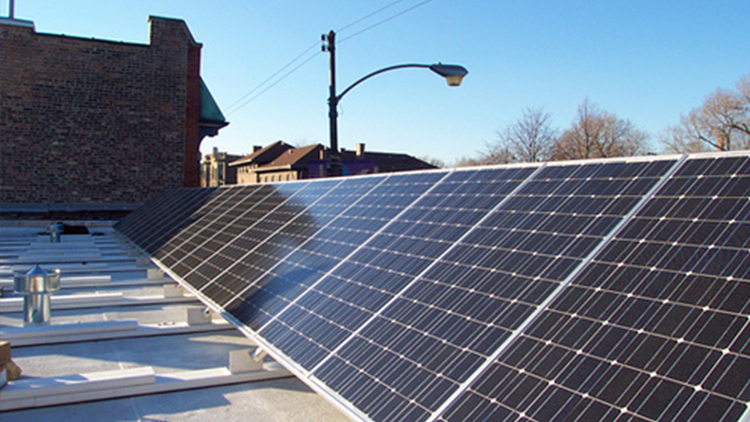The Challenge
The shared Community Renewables program is a novel concept being implemented across the country, which enables customers to access clean power by joining a renewable energy project in their community. Thus far, including in California, the program is limited to a handful of solar energy projects and customers have very limited access. Customers who participate in community solar share solar output among themselves, as opposed to homeowners individually implementing the solar system to offset the electricity usage.
Given the potential to significantly expand renewable energy generation and use in the long run, this project explores the current status of the community renewables solar market both in Los Angeles County and the United States. The overall objective is to carry out in-depth research combining policy review, interviews and case studies to develop policy recommendations for expanding renewable energy production projects.
Results
- Community solar is a new model, therefore the current market size is relatively small. It represents a small fraction of the overall annual $20 billion solar market in the United States, but this is projected to change – especially in California.
- The community solar market in California is projected to reach $600 million by 2025 assuming policy driven growth (e.g. Investment Tax Credits, Senate Bill 43, Green Tariff Shared Renewables (GTSR)).
- A key piece of legislation that promotes community solar in California is the GTSR program. The program allows customers of the three investor-owned utilities (Southern California Edison, Pacific Gas & Electric, and San Diego Gas & Electric) to receive up to 100% of their electricity demand from solar generation through programs like community solar.
- Current policy does not align incentives for all stakeholders (regulators and legislators; utilities; solar developers; customers; financiers; real estate owners). Thus, future recommendations include:
- Allow policy to improve stakeholder incentives by aligning financials to make community solar competitive against general electricity costs.
- Increase awareness of community solar as an option while improving to meet consumer demand and further driving policy development.
- Streamline the Power Purchase Agreement (PPA; contract between energy user and energy producer) process and reduce pre-requirements to starting a community solar project in order to promote more installations.
Deliverable and Impact
A final report was produced outlining the solar market, initiatives and policies as well as key takeaways from interviews conducted with various aforementioned groups of stakeholders. Additionally, a PowerPoint presentation was created to outline the background, purpose and outcomes of research, along with policy recommendations to facilitate the proliferation of renewables in Los Angeles County.

Fellow
Akhil Modi
Master of Business Administration
Mentor
Charles Corbett
Operations Management and Sustainability, Anderson School of Management




